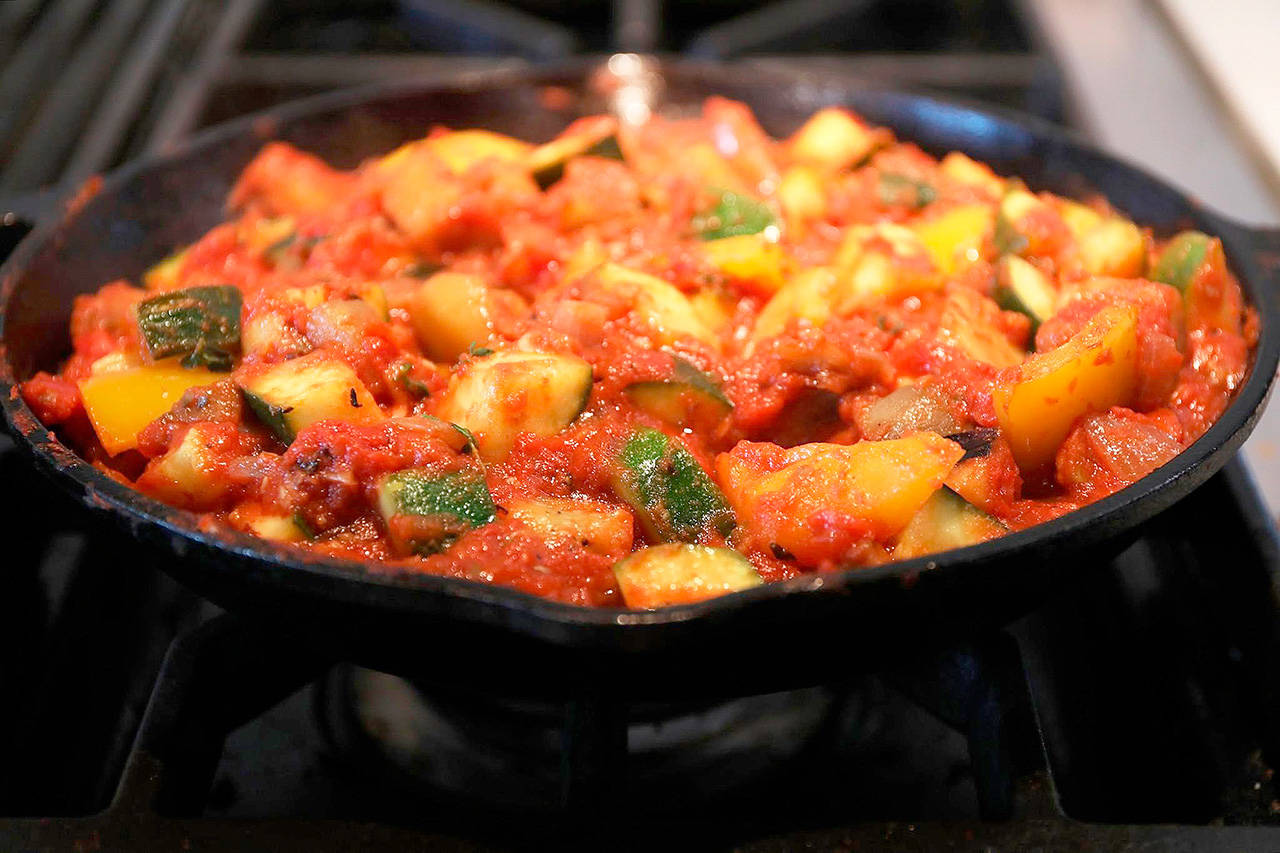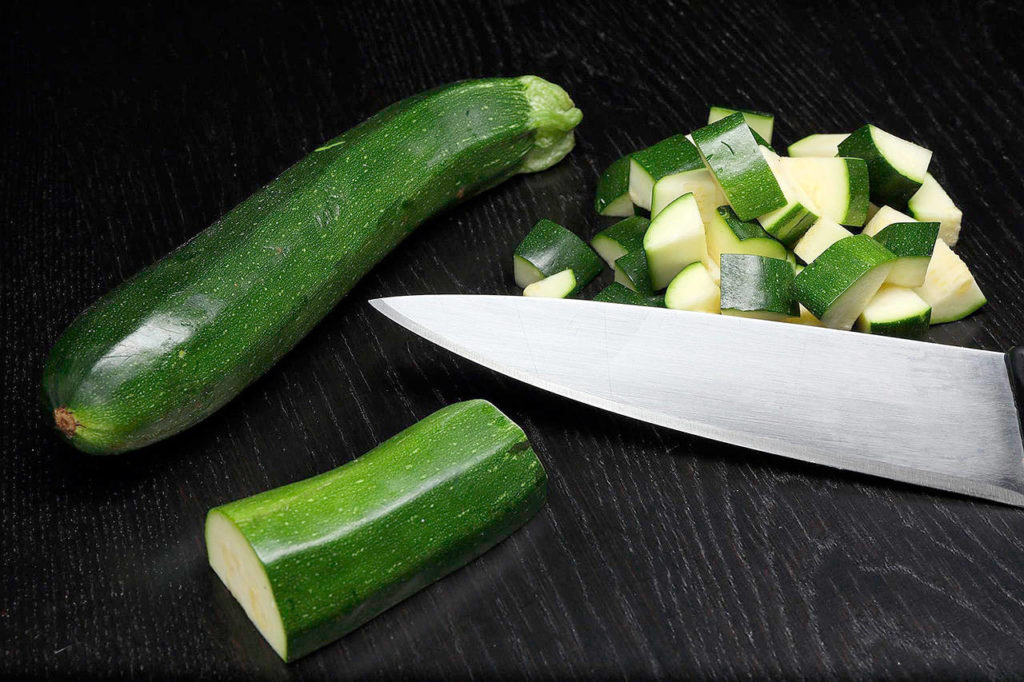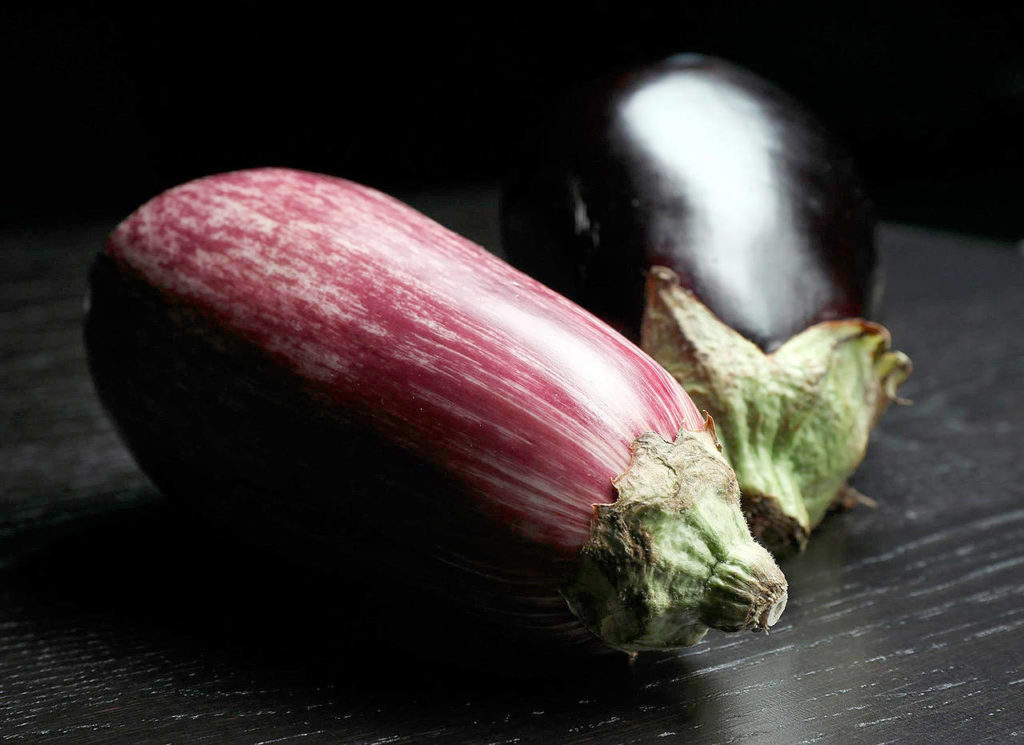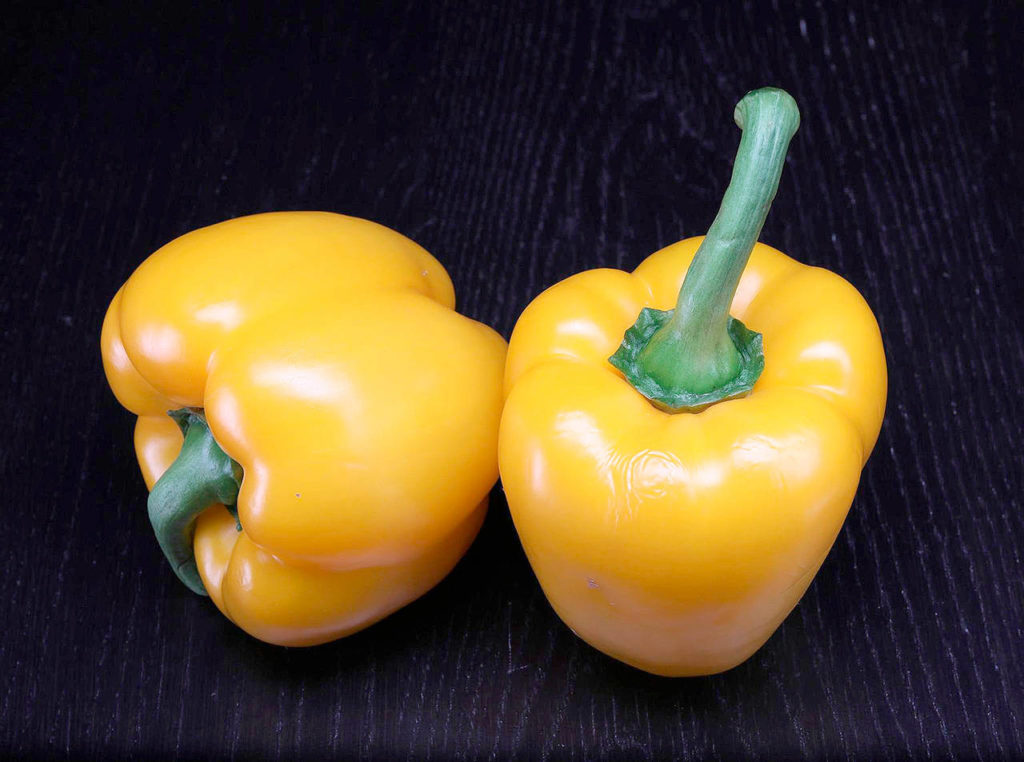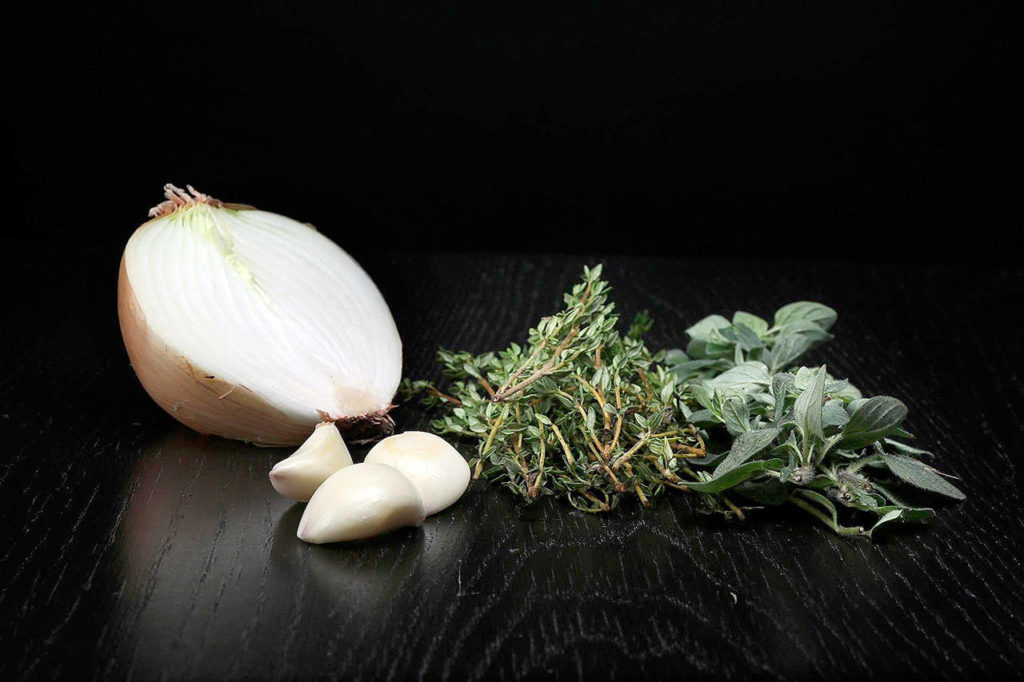Courage. It makes the muskrat guard its musk. It puts the “ape” in apricot. Now, studies suggest that it also puts the “rat” in ratatouille.
So, loin up your girds, kids, because summer’s only just over and scary vegetables abound. Today, though, we are fearless. Today, we make ratatouille.
The first thing to remember is that there are exactly 9 bajillion and 12 recipes for ratatouille. This means there’s no one “right” way of doing it. Sure, there are plenty of wrong ways — scorched onions, not enough seasoning, too much dog — but it’s such a common preparation that pretty much every cook has his or her own way of doing it.
Now, in case the only ratatouille you’ve ever encountered is that capital “R” Pixar jobber — the one with the actual rat — it’s a vegetable dish, a stew of sorts, a “melange,” if you will, a medley, a sun-ripened party in your piehole, and it’s associated with Provence, a region in the southwest of France known for delicious vegetables, Julia Child and bats. Lots and lots of bats.
Typically — but not exclusively — ratatouille consists of roughly equal amounts of eggplant, zucchini and bell pepper, flavored with onion, garlic and herbs. Tomato is added in direct proportion to the cook’s tastes. What sets apart the various ratatouille-ish treatments are the choice of vegetables, the size and shape of the cuts, and the method of cooking. Let’s take a gander.
The vegetables: Along with the late-summer and early-fall lovelies mentioned above, some people get all crazy and put mushrooms in their ratatouille. Others might eschew the eggplant or squash altogether. Do what you like.
Feel free to use whatever variety of these vegetables you like. Globe eggplant or Japanese, Spanish onion or Vidalia. And any variety of summer squash will do. As for the tomato, while it’s true enough that, this time of year, fresh tomatoes are common, I’m only a tiny bit ashamed to admit that I’m just as happy with canned.
The cuts: First, to peel or not to peel? That depends on the vegetable. With summer squash, for example, it’s definitely nobler not to peel because the peel is purty and contains vitamins and fiber and zeaxanthin (like anyone knows what the heck that is). And anyway, peeling is a vexing bore.
Eggplant, on the other hand, can swing either way. I usually peel it because I find the skin a bit rubbery.
If you’re using fresh tomatoes, you can just kick it old school and give them a rough chop. On the other hand, I’m reminded of the words of the great food critic, My Wife, who said, “I don’t really like ratatouille because of the tomato; I am afraid there will be stringy tomato skins and horrid glop on the plate.”
Ah, yes, the stringy skins. The horrid glop. Heads nod in knowing assent across the land.
Let’s do this, then: Blanch the tomatoes in boiling water for 30 seconds, then shock them in an ice bath. Peeling is now a breezy snap. Cut them in half ‘round the mater-equator and squeeze gently to splorsh out the seeds. Give these a chop and you have what we in the back of the house call “concassee,” and it will transform with cooking into silky, skin-free, glopless perfection.
Here’s something else to consider: How tomatoey do you want your ratatouille? Do you want it dry enough to sit comfortably atop a crisp Ritz cracker as a tasty hors d’ouevre? Or do you want it wet enough that its flavorful juices act as an accompanying sauce for your zesty rice pilaf? (And, trust, me, this only works if your rice is very, very zesty.) The answers to these questions will guide your decision regarding fresh versus canned tomato.
And for the cuts themselves? “Bite-sized” is certainly in order, but, beyond that, you choose. Rough chopping is allowed, and eggplants are easy to cube, while the zukes can be cut into half circles.
At the same time, however, a little elegance never hurt anybody. And with knife cuts, the soul of elegance is revealed in their uniformity. If you cut everything evenly into medium or large dice, it looks beautiful and it has the added bonus that items of the same size cook at the same rate.
Now, of course, you can’t cut a bell pepper into real, cubic dice like they throw down in Vegas. Just cut your peppers into flatter versions of their 3D eggplant and zuke compatriots and it’ll be aces.
As for the onions, I say, small dice. There’s something about large pieces of pallid onion floating flotsamy in food that tends to freak people completely out. Or, is that just me?
The cooking. Ratatouille recipes abound that would have you cook all the ingredients separately before combining them in one pan for a final stovetop-sojourn. This is because the various vegetables cook at different rates and preparing them separately facilitates an even level of doneness.
On the other hand, cooking it all in one pan is just begging for calamity. I’m not suggesting you don’t try it; I’m suggesting that, if you do try it, you pay attention to the doneness of the vegetables.
As a compromise, I’ll saute the eggplant first and alone, because eggplant, being very porous, tends to take more oil than the other ingredients. When the eggplant is just tender, remove it to a container.
Next, saute the onions and peppers together, and when they’ve softened, add the squash and saute. When that’s nearly done, stir in the garlic. Cook for 30 seconds before adding the tomato and reserved eggplant.
Once you’ve added your tomato, bring it to a boil, then reduce the heat and simmer for several minutes to heat evenly and combine the flavors. Add some black pepper and fresh or dried herbs, season with salt and you’re golden. Questions?
Ratatouille
The perfect farewell-to-summer dish. Stick a sock in your Type A personality tendencies for this: The amounts do not in any way need to be exact. No one’s ever died from too much zucchini in their ratatouille.
3 tablespoons olive oil, plus more as needed
1 medium eggplant, peeled, cut into medium (½-inch) or large (¾-inch) dice
Salt as needed
½ large onion, small dice
1 to 2 green or yellow bell peppers, cut into medium (½-inch) or large (¾-inch) dice
2 medium summer squash (zucchini, golden squash, etc.), cut into medium (½-inch) or large (¾-inch) dice
2 to 4 cloves garlic, minced
1 can (28 ounces) crushed tomatoes or 4 to 6 fresh tomatoes, cut into medium dice (½-inch)
1 to 2 tablespoons fresh herbs (thyme, oregano, basil, herbs de Provence, etc., or a mix), or 1 ½ teaspoons dried
Freshly ground black pepper
Heat a heavy bottomed skillet or stock pot over medium high heat. When hot, add 3 tablespoons oil and let heat, about 15 seconds. Add eggplant, season with salt, and saute until tender, 5 to 7 minutes. Remove to a bowl.
Add more oil if needed, then add onion and peppers; saute until onions are just starting to color and peppers are tender, about 2 minutes.
Add squash; saute until tender, about 3 minutes.
Add garlic; saute until fragrant, about 30 seconds.
Stir in half the tomato and reserved, cooked eggplant along with herbs, salt to taste and several grinds of pepper. Add remaining tomato if you want and when liquid starts to bubble, reduce heat and simmer to blend flavors, about 10 minutes.
Check seasoning, then serve immediately or hold, refrigerated, up to 5 days. May be served hot or at room temperature.
Makes about 8 servings. Nutrition per serving: 99 calories, 5 grams fat, 1 grams saturated fat, no cholesterol, 13 grams carbohydrates, 7 grams sugar, 3 grams protein, 187 milligrams sodium, 4 grams fiber.
Talk to us
> Give us your news tips.
> Send us a letter to the editor.
> More Herald contact information.
